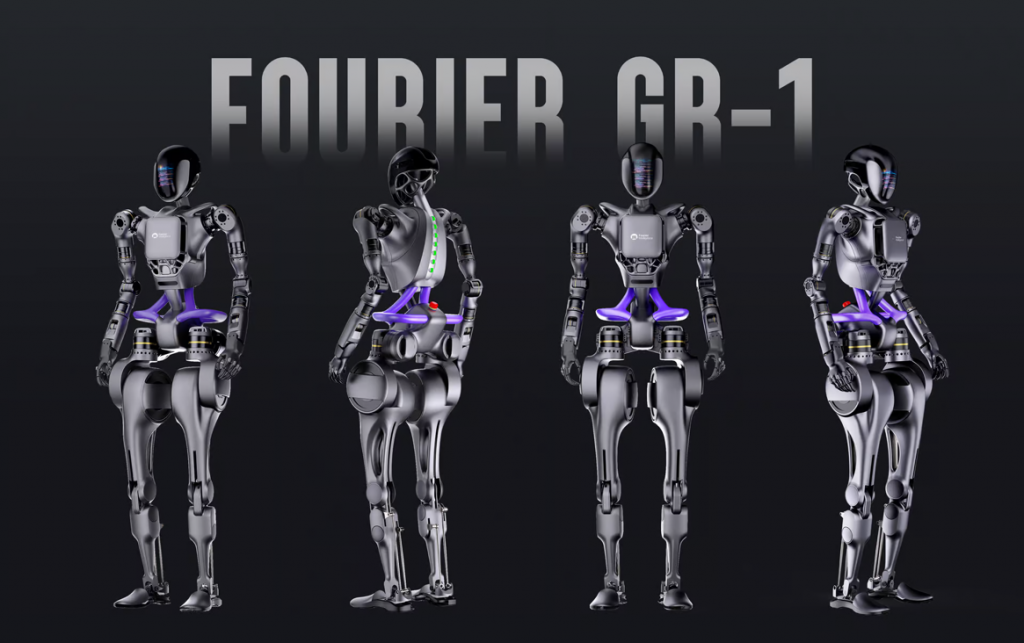The demand for AI-backed humanoid robots as companions for humans is growing rapidly due to advancements in technology. Chinese company Fourier Intelligence has unveiled its plans to manufacture 100 GR-1 general-purpose humanoid robots by the end of 2023.
The GR-1 humanoid robots are equipped with an array of features tailored to patient rehabilitation. In addition to assisting in physical tasks like transferring patients and lifting objects, these robots offer therapeutic interventions to enhance wrist strength, hand and finger grip, and lower-body exoskeleton training. By integrating these capabilities, the company aims to address the specific needs of patients undergoing rehabilitation.
Zen Koh, CEO and Co-founder of Fourier Intelligence, envisions a future where GR-1 robots can fulfill multiple roles in caregiving, therapy assistance, and companionship for the elderly. This vision is particularly valuable for individuals who live alone and require additional support. With a height of just over 5 feet (1.64m) and weighing 120 pounds (55kg), the GR-1 robots are designed to be practical and versatile. They are capable of autonomous movement, obstacle avoidance, and basic tasks such as grasping objects.
Although the current robot design is still in the research and development phase, the company estimates that it will take approximately two to three years to finalize the prototype. Koh emphasizes the robot’s potential, stating that the system enables self-balanced walking and can be programmed to perform various tasks like sitting, standing, and even jumping. The robot’s arms can also be programmed to handle utensils and tools, offering flexibility in completing diverse tasks.
Fourier Intelligence specializes in rehabilitation technology and already provides patients with a range of options through its program called RehabHub, which incorporates integrated physical therapy devices. The company has also developed exoskeleton robots that support the arms and legs during physical therapy. Koh believes that humanoid robots have the potential to fill gaps that previous technologies could not, providing significant assistance and interacting autonomously with patients.
At the World AI Conference in Shanghai, Fourier Intelligence showcased the GR-1 robot alongside other prominent robots, including Tesla’s Optimus humanoid robot prototype. The conference, which runs until July 15, presented an opportunity for industry professionals and enthusiasts to explore the latest advancements in robotics and AI. Among the notable robots exhibited was X20, a quadrupedal robot designed to undertake hazardous tasks, such as detecting toxic gases, in place of humans.
As AI-backed humanoid robots continue to evolve, the potential for them to revolutionize healthcare and assist individuals in various settings, including rehabilitation and elderly care, becomes increasingly promising.
The GR-1 project represents a significant step forward in utilizing humanoid robots as versatile companions and caregivers, bridging the gap between technological innovation and human needs.

